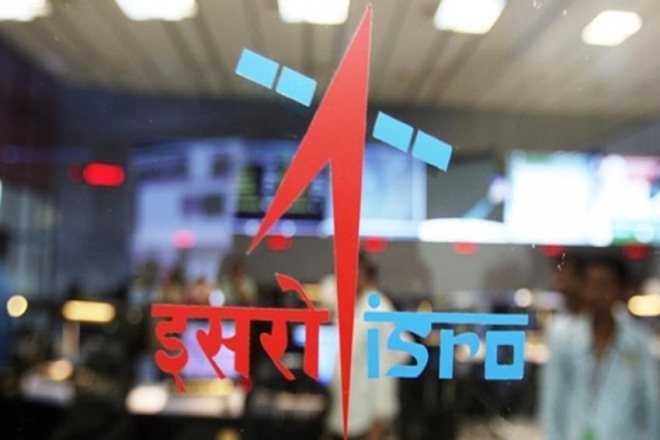ISRO’s 10-year plan : Catering for reusables

Dated : 03 Jan 2021 (IST)
The first unmanned flight under the Gaganyaan Programme is a significant milestone to be achieved this year by ISRO. A plan has been formulated For the entire decade which includes development of a heavy lift rocket, reusable satellite launch vehicle, semi-cryogenic engine, and others.
ISRO Chairman K Sivan, who is also Secretary, Department of Space, in his New Year message, said That all the centres/units of ISRO had actively contributed to the formulation of the decadal Plan.
In the immediate future, the space agency is planning to complete the first developmental flight of the Small Satellite Launch Vehicle (SSLV) operational Geo-Imaging capability, the third moon mission Chandrayaan-3, the first solar mission Aditya-L1, and the first Indian Data Relay Satellite.
Chairman said: “In this decade, the VSSC (Vikram Sarabhai Space Centre), the lead centre for space transportation systems, will carry forward its competence in launch vehicle development towards heavy lift capabilities, achieving partial & full reusability and achieving progress in scramjet engine research.
In the next decade, emphasis will be on satellite constellation for broadband communication, all electric satellite platform and high performance satellite platforms in all the application areas,” Sivan said as regards the decadal plans for the UR Rao Satellite Centre
According to Sivan, the Liquid Propulsion Systems Centre (LPSC) will fructify the much-awaited high thrust semi-cryogenic propulsion capability, which is expected to boost the lifting capability of Indian rockets to Geostationary Transfer Orbit (GTO) to almost 5.5 ton while also focusing on liquid oxygen (oxidiser)-Methane propulsion, green propulsion as well as electric propulsion”.
He also said ISRO Propulsion Complex (IPRC) needed to gear up its test facilities to support the qualification of the new propulsion systems and also expand its integration facilities to realise the new semi-cryogenic and LOX/Methane engines.
The Space Applications Centre (SAC) will complete its indigenisation efforts for atomic clock and traveling wave tube amplifiers (TWTA).
In this decade, SAC and the National Remote Sensing Centre (NRSC) need to work towards ensuring the collection, processing and on-demand delivery of satellite data services in line with user expectations.
As regards the rocket port under the Satish Dhawan Space Centre (SDSC) Will Do The scaling up of the launch infrastructure to support human spaceflight as well as new heavy lift vehicles and perhaps support and facilitate the launching of private space transportation systems in the country.
The Semi-Conductor Laboratory SCL will work towards creating a strong micro-electronics base in the country and enhance capabilities in Very Large Scale Integrated circuit (VLSI) domain.
“A lion’s share of ISRO’s technology development and advanced R&D activities is expected to be carried out for facilitating the Gaganyaan (human space mission) programme and sustaining the human spaceflight activities in the long term.
On its part, the Human Space Flight Centre (HSFC), in association with all other ISRO centres, is working towards the enhanced capabilities essential for the human spaceflight programme including the human rated launch vehicle, Orbital Module, rendezvous and docking, regenerative life support systems and space habitats,”Sivan added.



